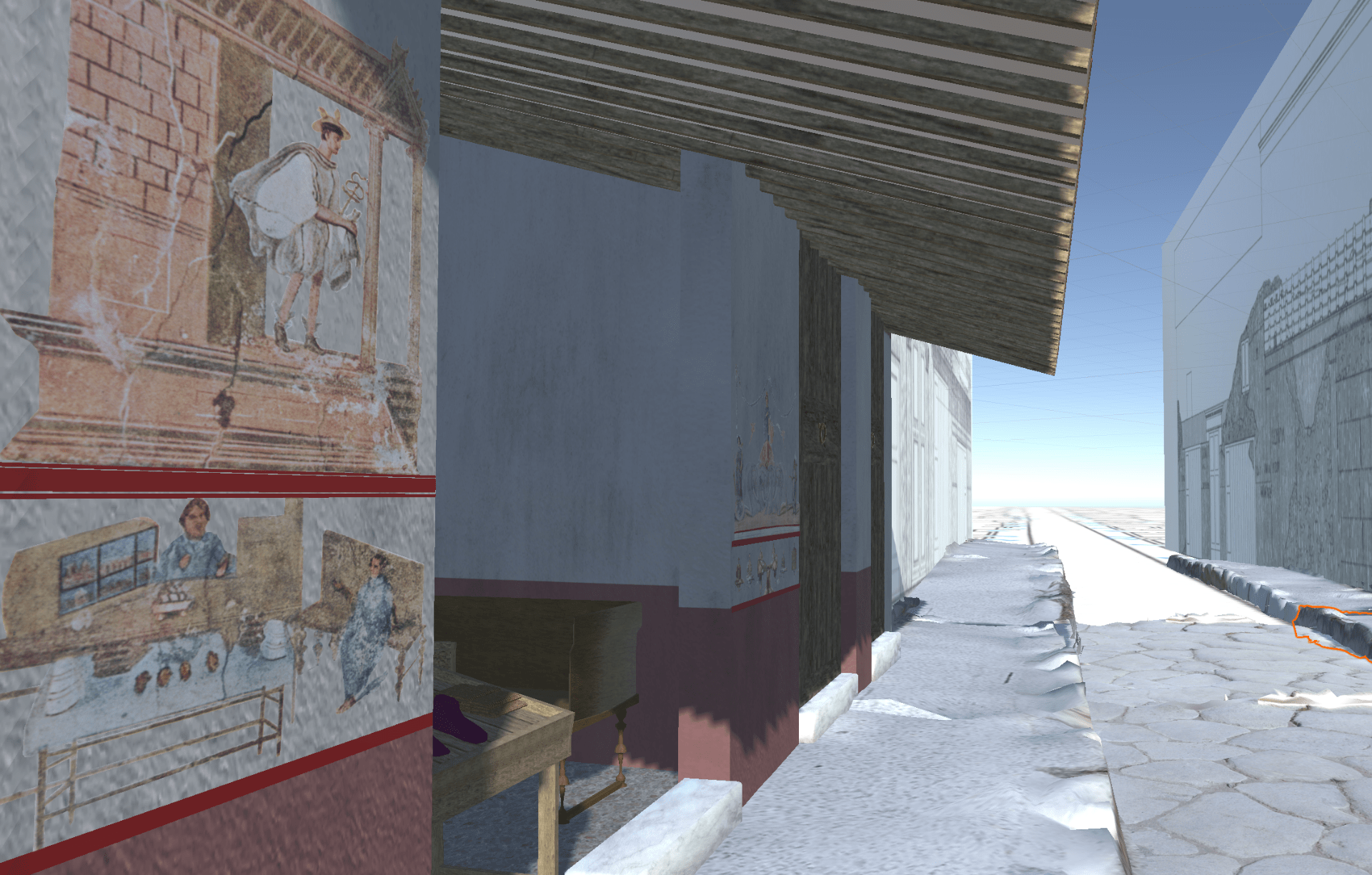VRR explores the impact of commercial art and architecture on consumer behavior and experience.
Using VR technology combined with archaeological and game design theoretical approaches, the Virtual Roman Retail project (VRR) creates realistic digital scenarios to explore research questions related to the Roman Consumer experience.
What was it like to shop in an ancient Roman shop?
Exploring Ancient Retail Landscapes
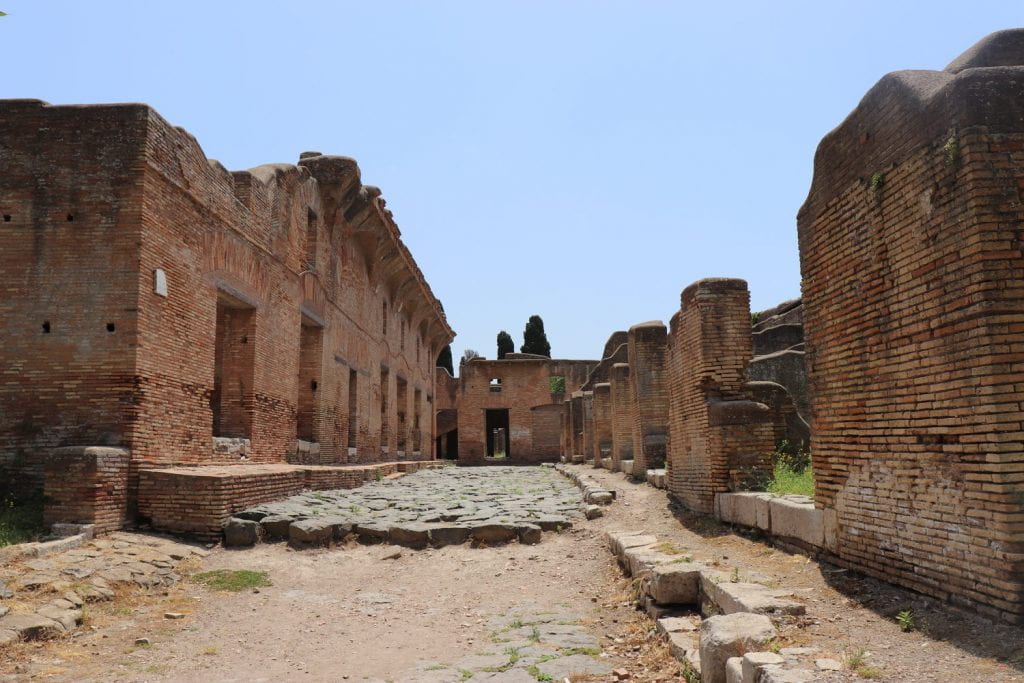

The expansion of Roman hegemony in the mid-Republican period triggered a shift in the retail system toward fixed-point retailing in permanent commercial architecture (e.g. shops, macella). By the 1st century BCE, shop economies existed in towns across Italy. The urban and cultural transformations initiated by Augustus linked shops more closely to leisure activities and contributed to the emergence of standardized shopping streets in the early Imperial period. As shops came to dominate the architectural experience of Roman streetscapes across the Mediterranean, shop owners were actively investing in amenities (e.g. awnings, benches), decoration (e.g. frescoes, mosaics), and merchandise displays to attract consumers.
Despite how ubiquitous shop architecture is in the archaeological record and how important it was to placemaking, identity formation, and the urban economy, the study of Roman shops remains a niche topic in scholarship. VRR applies digital technologies to the study of Roman shops and shopping streets, with special focus on the dynamic buyer-seller interactions that took place within the shop environment. Our VR apps immerse you in ancient retail landscapes and give you the opportunity to experience what it might have been like to shop in an ancient Roman shop.
Did Ancient Romans Shop?
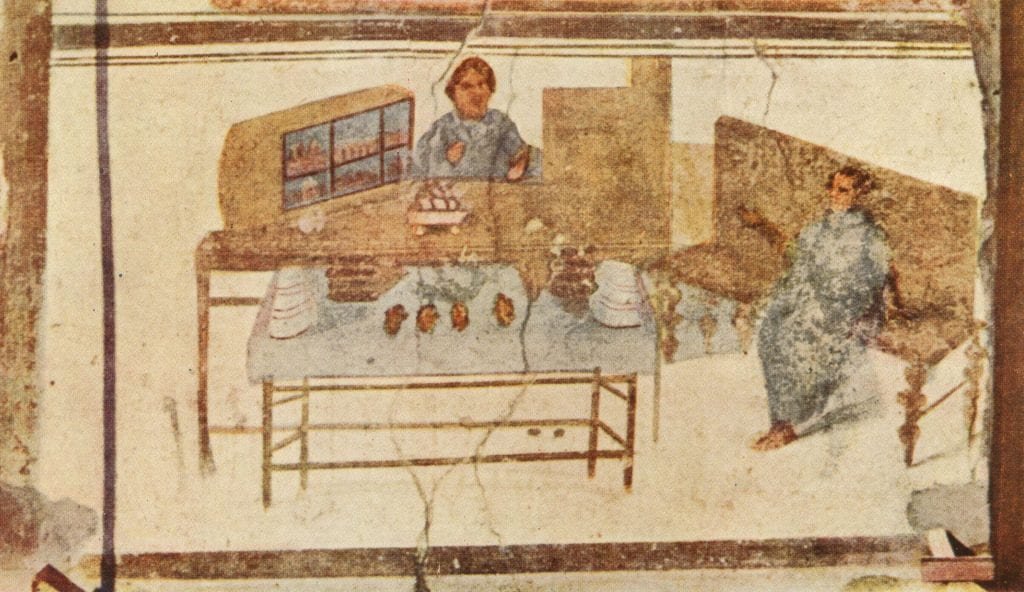
The evolution of Roman retailing impacted consumer behavior, as shopping for some groups in Roman society became a cultural activity imbued with social signifiers. We learn from Propertius (2.24.11-16, first century BCE) that the via Sacra was viewed as a fashionable high street, suggesting that where you shopped in Rome was just as important as what you bought. Martial (Epig 9.59, first century CE), for instance, details the shopping habits of the freedman Mamurra, who spent his day browsing luxury goods in the Saepta in Rome. Although he could not afford the merchandise, the act of browsing it allowed him to self-fashion – for a short time – as an elite shopper.
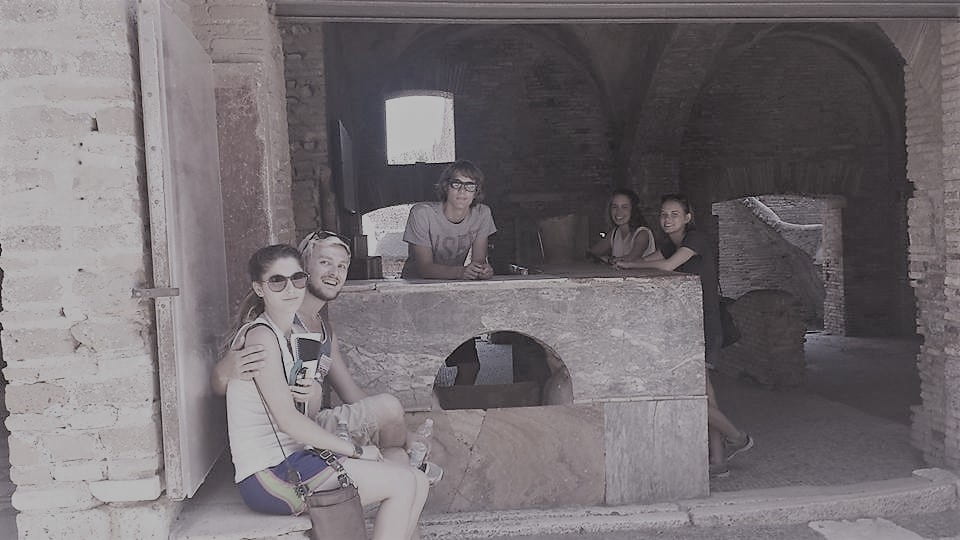
The physical remains of shops also offer important insight into consumer experience and behavior. For instance, the placement of shop counters in the wide-open entrances to many shops would have facilitated social interaction between the shopkeeper and consumer. The counter could also act as a display table for merchandise that consumers could browse. The presence of benches and awnings in front of shops reflect an investment in consumer comfort and the hope that potential buyers might stop and stay for awhile.
Experiencing the Ancient Roman Shop
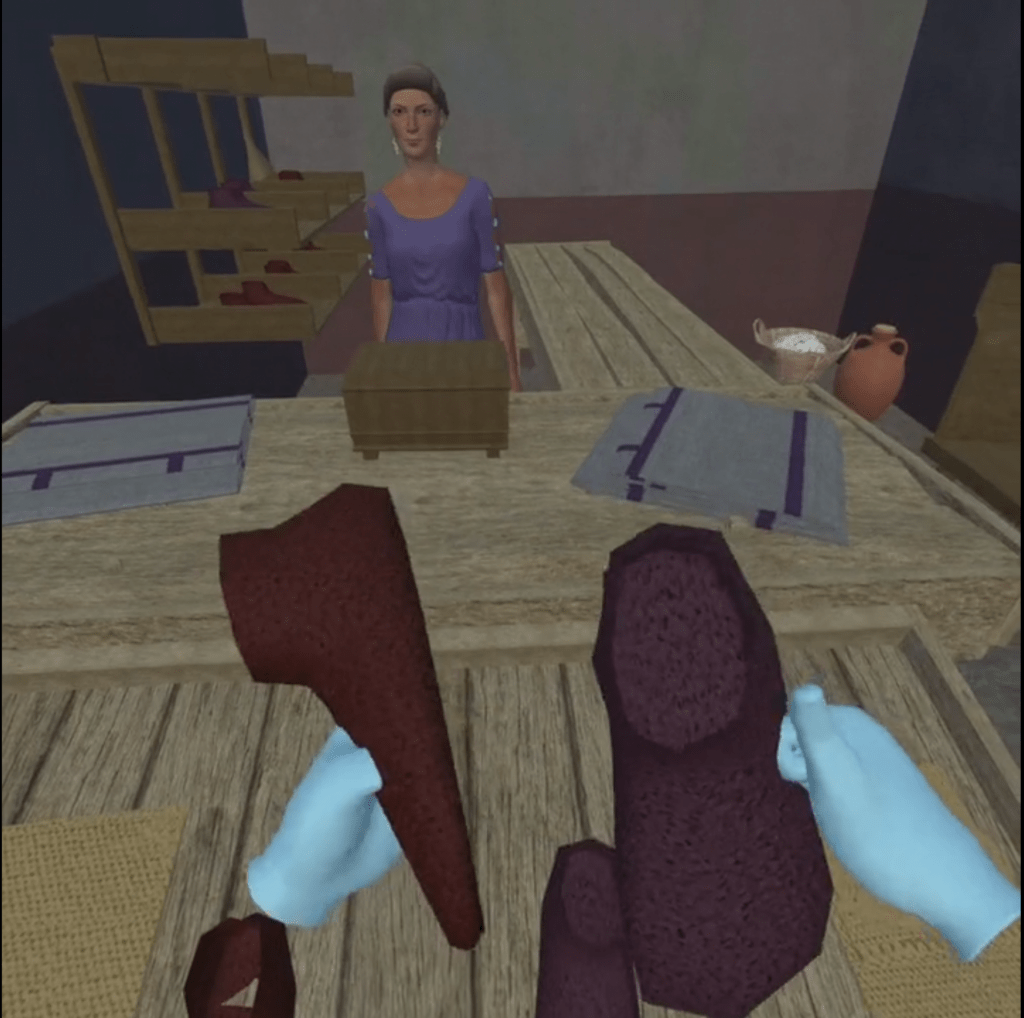
Shops today are designed to stimulate your senses as part of the retail experience. It is still novel, however, to ask how the sensescapes of ancient shops may have engaged consumers even though a consumer’s sensorial appraisal of the shop’s environment and its products was a critical factor in shaping ancient consumer behavior.
There are limits to what the archaeological remains alone can tell us about consumer experience. VRR integrates object interaction with a faithful, but abstracted 3D visualization of Roman shops to activate the sensory memories of a player. By evoking immersion in a past sensescape within a digital environment, we explore what it felt like to shop in ancient Roman shops, putting sensory archaeology into practice.
VRR has developed an app for the Felt Shop of Verecundus (IX.7.5-7) Pompeii and has plans to design apps for the fish shops on the Bivio del Castrum in Ostia and a pigment shop from Byzantine Sardis.
